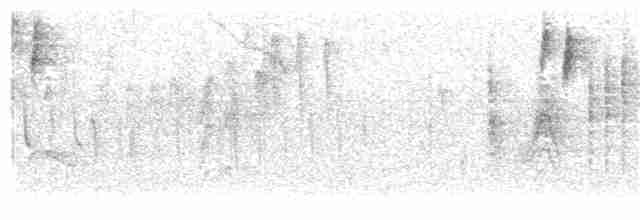Abyssinian Slaty-Flycatcher Melaenornis chocolatinus Scientific name definitions
- LC Least Concern
- Names (23)
- Subspecies (2)
Barry Taylor
Version: 1.0 — Published March 4, 2020
Text last updated March 28, 2018
Text last updated March 28, 2018
Sign in to see your badges
Species names in all available languages
| Language | Common name |
|---|---|
| Bulgarian | Абисинска кафява мухоловка |
| Catalan | papamosques xocolata |
| Croatian | etiopska muharica |
| Dutch | Bruine drongovliegenvanger |
| English | Abyssinian Slaty-Flycatcher |
| English (Kenya) | Abyssinian Slaty Flycatcher |
| English (United States) | Abyssinian Slaty-Flycatcher |
| Estonian | etioopia kärbsenäpp |
| Finnish | etiopiansieppo |
| French | Gobemouche chocolat |
| French (Canada) | Gobemouche chocolat |
| German | Braundrongoschnäpper |
| Japanese | スレートヒタキ |
| Norwegian | etiopiafluesnapper |
| Polish | mucharka brunatna |
| Russian | Эфиопская мухоловка |
| Serbian | Abisinska škriljasta muharica |
| Slovak | muchár hnedý |
| Spanish | Papamoscas Chocolate |
| Spanish (Spain) | Papamoscas chocolate |
| Swedish | etiopisk flugsnappare |
| Turkish | Bozca Drongo Sinekkapanı |
| Ukrainian | Мухарка брунатна |
Melaenornis chocolatinus (Rüppell, 1840)
PROTONYM:
Muscicapa chocolatina
Rüppell, 1840. Neue Wirbelthiere zu der Fauna von Abyssinien gehörig. Vögel, p.107.
TYPE LOCALITY:
Simen (= Semien), Abyssinia.
SOURCE:
Avibase, 2024
Definitions
- MELAENORNIS
- chocolatina / chocolatinus
The Key to Scientific Names
Legend Overview
UPPERCASE: current genus
Uppercase first letter: generic synonym
● and ● See: generic homonyms
lowercase: species and subspecies
●: early names, variants, misspellings
‡: extinct
†: type species
Gr.: ancient Greek
L.: Latin
<: derived from
syn: synonym of
/: separates historical and modern geographic names
ex: based on
TL: type locality
OD: original diagnosis (genus) or original description (species)

- Year-round
- Migration
- Breeding
- Non-Breeding
Distribution of the Abyssinian Slaty-Flycatcher













































